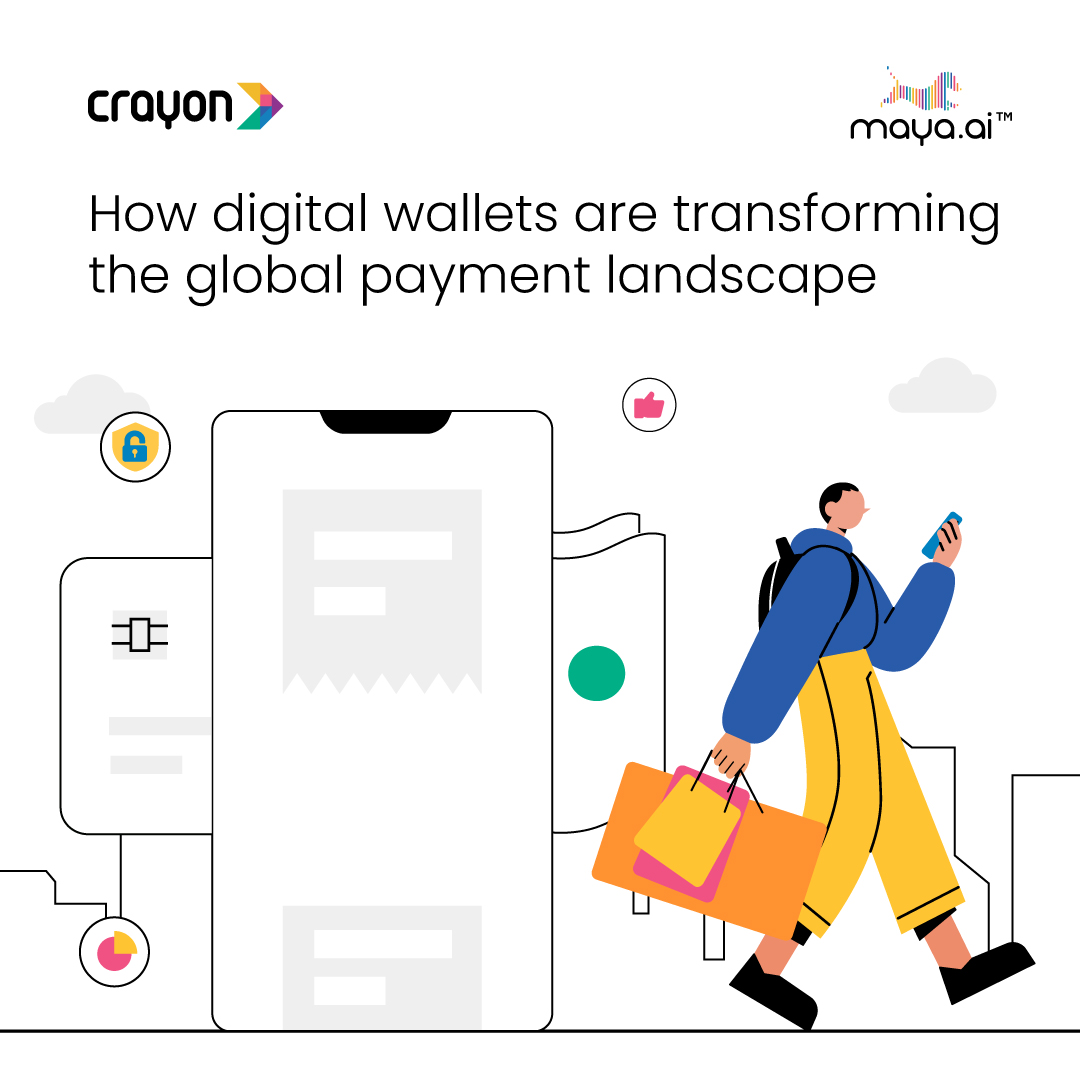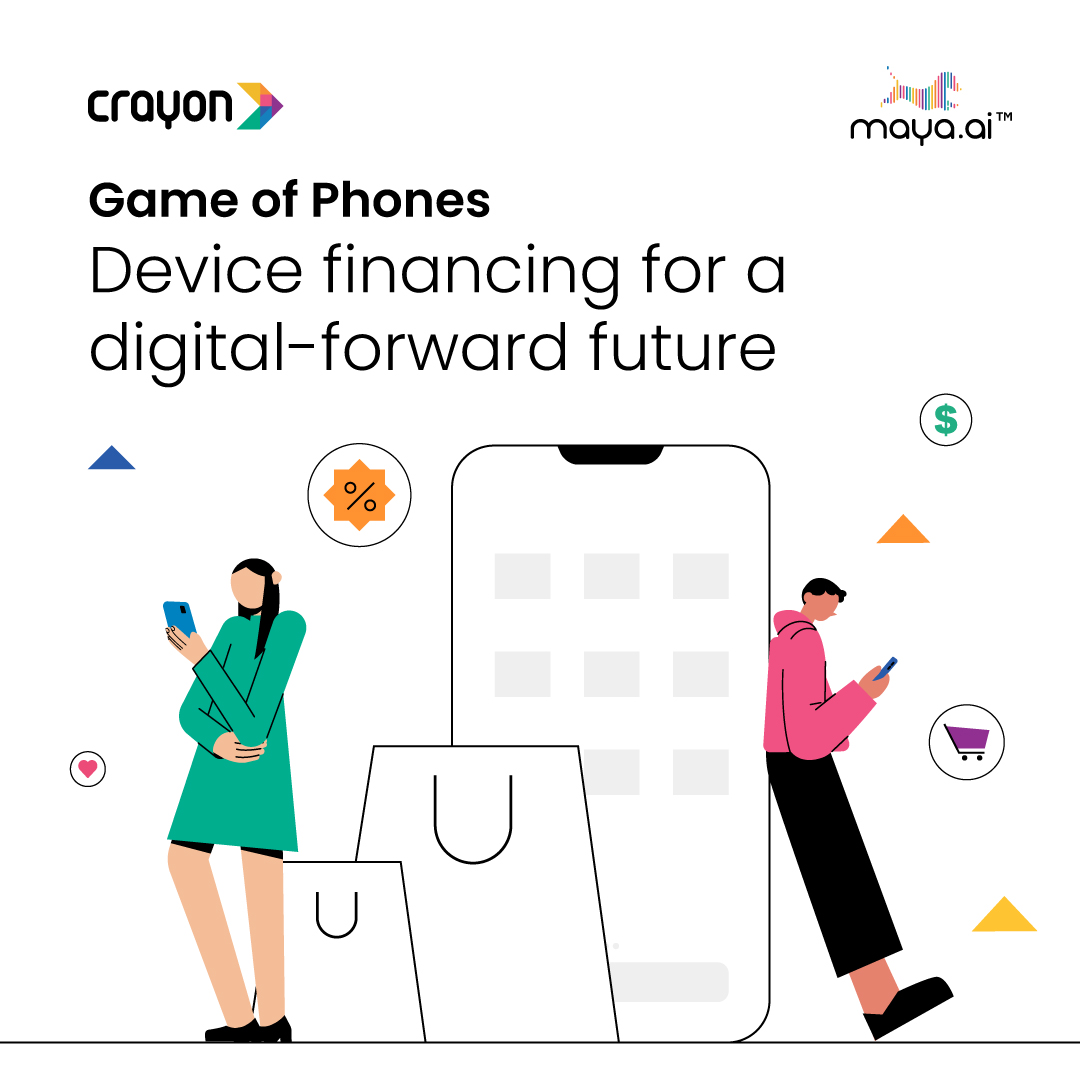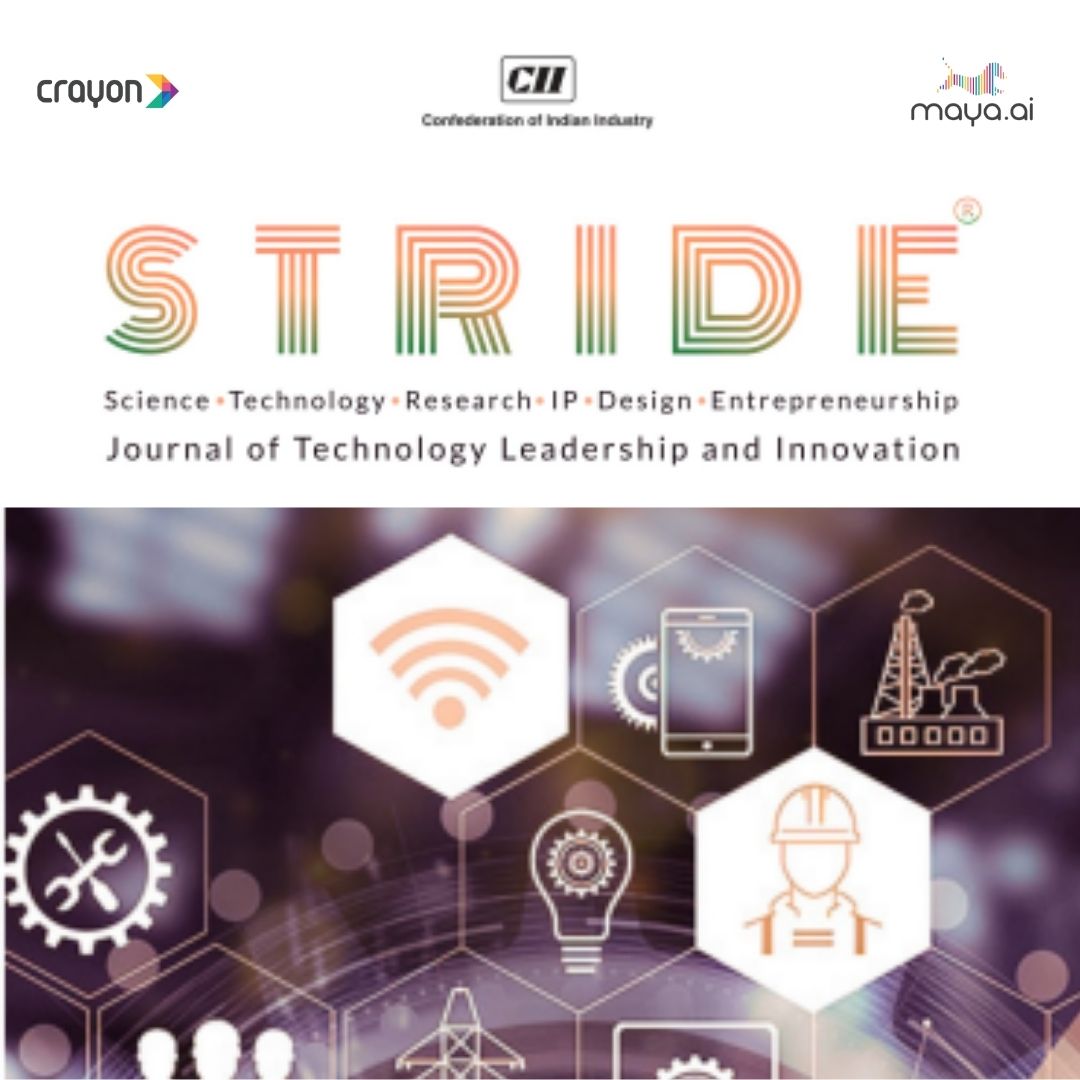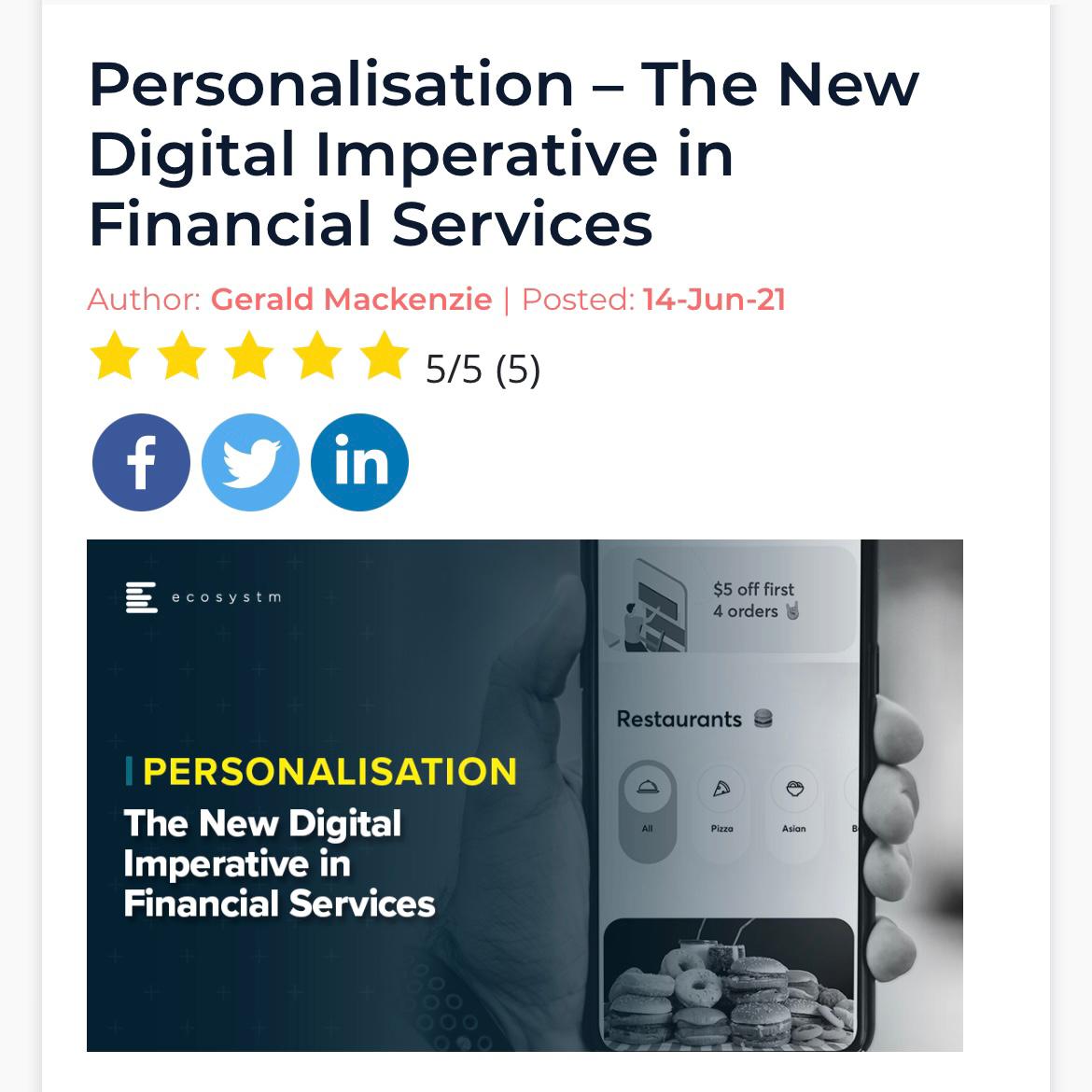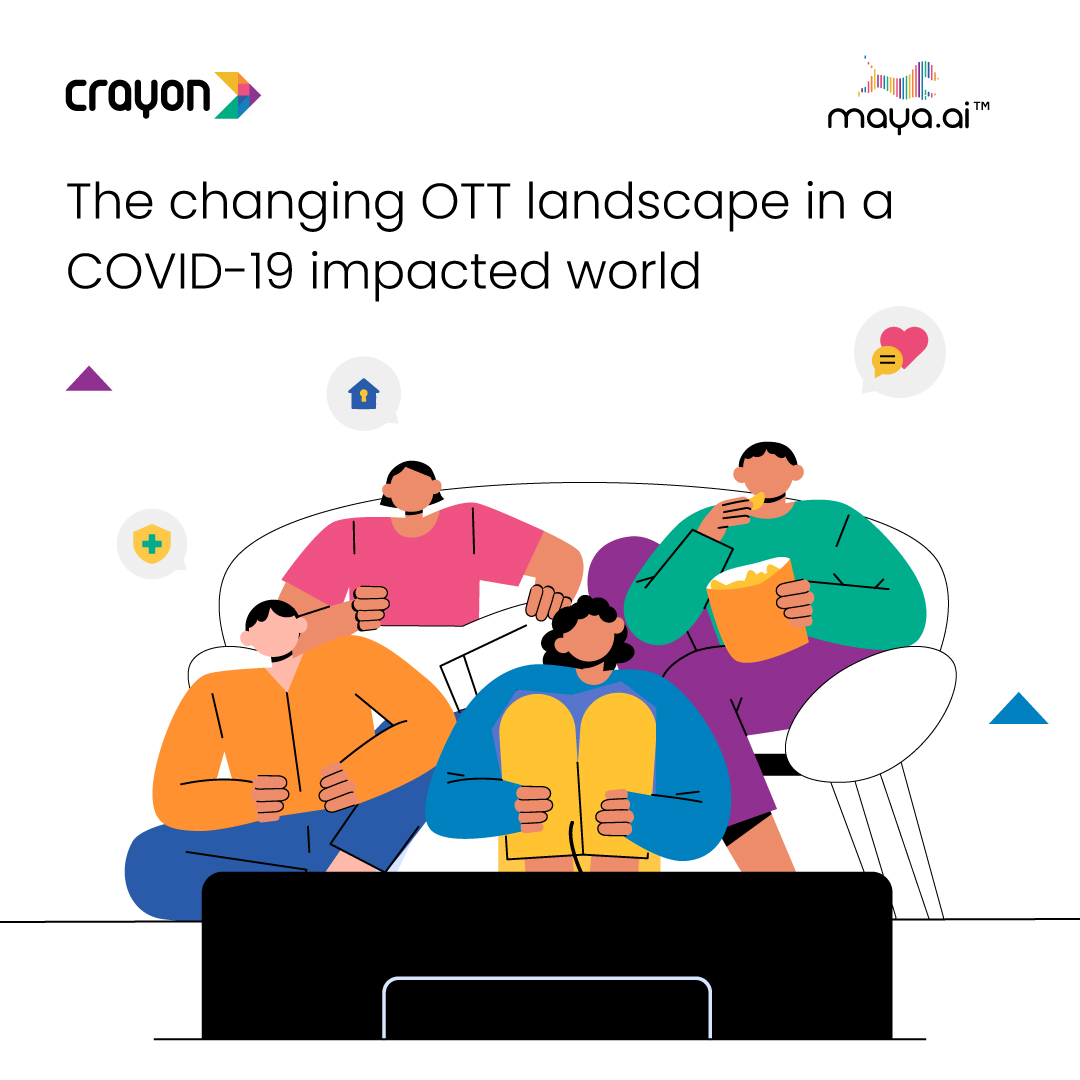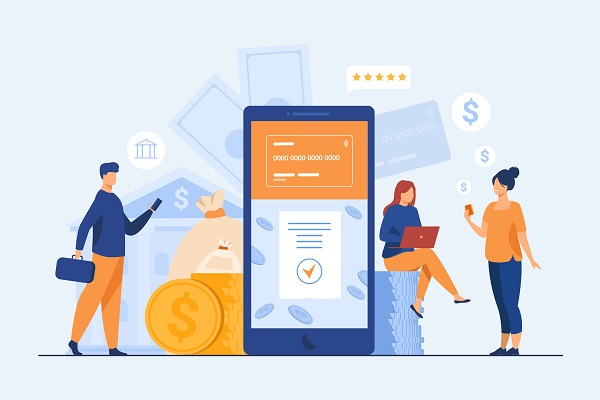At the start of the last decade, smartphones and social media were still in their infancy. But by the time we hopped over to 2020, with their omnipresence, they increased access to information dramatically; Choice exploded and consumer expectations ramped up, manifold.
The state of choice: then and now
Let’s start with an example. Think of how we approached travel planning in the pre-smartphone era (I know it’s hard to picture, but try!) Most of us went to trusted tour operators that our parents used before us. Or, we asked a well travelled friend or colleague for inspiration and ideas. The options were few and the available choices were limited. But the entire experience was still fulfilling. As a result traditional enterprises with a large number of loyal customers flourished (think Hilton, Starwood, British Airways etc.).
Cut to today’s world, where we spend weeks (and sometimes months) researching and planning those trips on our bucket list. Then every single time, we second guess our plans, make a new itinerary, completely reject that and ultimately go back to plan A.
It seems to be that we’re never truly satisfied with the choices we make!
So, when did we, the consumer, become so anxious and confused about making choices?
I believe it was when the number of options available became more than we could count.
Digital disruptors have mastered the art of exploding and taming choice
The rise of digital-first companies threw open newer channels of creating/curating experiences for consumers. And while Google and TripAdvisor were busy exploding choices for us, traditional enterprises like banks, hotels and airlines with millions of loyal customers, watched from the sidelines. As customer expectations grew, internet-age companies (think Netflix, Spotify, Amazon) were the only ones who could keep pace with them, by constantly innovating. And the results are there for everyone to see. They’ve (quite unsurprisingly), won a disproportionate share of the consumer’s attention and wallet.
On the other hand, by the time we left the 2010s behind, many traditional enterprises with several decades of industry leadership had to either wind-up shop, or at the very least, hand over a lion’s share of their margins to their innovative internet-age competitors.
How did these digital-first companies crack the problem, when established institutions could not? At the core of this success was a simple mantra.They recognised each and every customer for their individuality. They treated each of their customers as the unique human beings they are. They played to their preferences and tastes.
And now here’s the good news! Banks and airlines can compete with and even one-up (no kidding!) their internet-age rivals.
Look out for evolving strengths of cross-industry competitors
The industry lines are now blurring. Banks like ING and BBVA are investing billions to become tech companies with a banking license. On the other hand, tech giants like Apple and Google are trying to lock customers deeper into their ecosystems through their financial forays. To get a sense of what I’m talking about, just look at Apple credit cards and Facebook’s Libra. These are proving to be major competitors to traditional players in multiple industries.
Let’s take the airline industry for example. Airlines invest billions to own the inventory, but margins are continuously being eroded by OTAs like Expedia, who make zero investments in inventory.
What’s common among digital age cross-industry rivals, is their ability to know their customer’s tastes intimately. They’ve managed to steal customer ownership by being a trusted guide that excelled in reducing the cognitive load of making lifestyle choices. When traditional institutions were busy sending the same offers to thousands of residents on the same postcode, Netflix focussed on dedicated homepage for every individual, within a home!
Aping Netflix is not enough, enterprises need to Tik more boxes to be millenial ready
We’ve all binge-watched Netflix more often than we would like to admit. Along with Spotify and YouTube; Netflix has pretty much revolutionized our playlist. They just seem to know what we’ll listen/watch next. But, if I told you that a newbie, TikTok, is more future ready than any of the digital entertainment giants listed above, you probably wouldn’t believe me.
Now, Netflix is known to have one of the best recommendation platforms; the accuracy of their AI algos have rarely been surpassed in competition after competition, hosted by them. And yet, they use AI as a side-kick. They, along with Spotify and YouTube, follow a nested recommendation approach where recommendations are packed within what they call, a curated list. Consumers still have the cognitive load to figure out their mood (like rom-com or drama) before they get to content recommendations.
Compare that to TikTok, there is no list, and you get absolutely no choice in what video will follow on your recommended playlist. That means there’s far less cognitive load and more addictive casual entertainment. AI is front and centre of their content recommendation strategy. And they’ve already had amazing success to show for their bold strategy, what with being the highest downloaded app for 5 quarters running with the most in-session minutes in comparable categories; far superior than even Instagram
Enterprises, get with the program!
If enterprises like banks, airlines and hotels are able to nail even half of this level of “relevance”, they’ll be adept at keeping their customers from jumping ship to digital-first platforms. They need to build customer trust by providing explanations on why they are recommending what they are recommending; serving choices in a privacy sensitive way. Consumers are willing to share their data for personalisation if enterprises are transparent in their use and it enhances customer experience.
Most banks have made the shift from transaction servicing to self-servicing but to remain relevant this decade, they must transition quickly to “satisfaction servicing”, and eventually “experience servicing” which digital natives demand.
Win their trust with relevance, and you’ll have their business!







